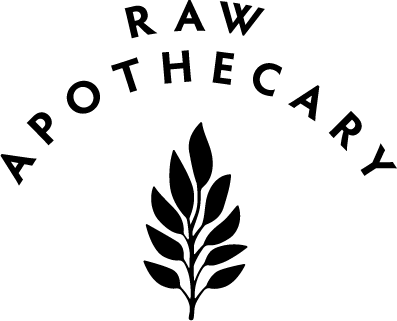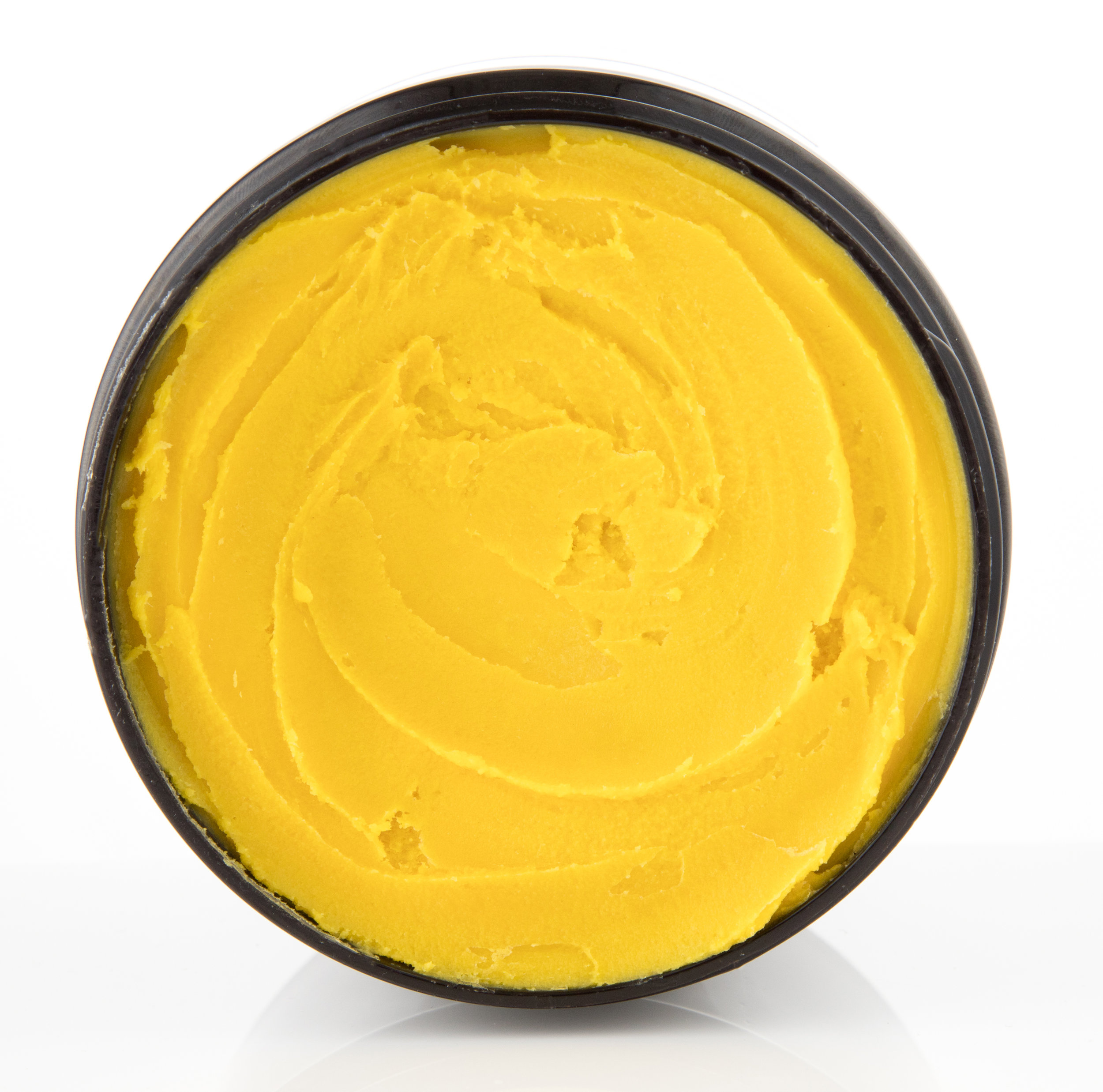Feeling Frizzy
Photo Credit: Cheap Snow Gear - Outerwear
Sometimes, your hair is your worst enemy.
We get it, we’ve been there. You step outside on a humid day - and poof.
Thirsty hair craves moisture, and is floating up off your head to reach it.
You can’t even think about approaching it with a comb or a blow-dryer without imagining the breakage.
It gravitates to anything with a static charge, snags on your shirts, and is just in general a dry, brittle mess. It’s tempting to just style it out, throw on some max hold spray, and pray - but that’s just masking the real issue.
Your hair is dry! It’s ok, it’s fixable.
So dry those tears (no, not with your hair) and settle in for a talk.
1. Cold Water
Yes, it is this easy. What’s the first part of your haircare routine? You wet it down! We suggest you use cool water for our first anti-frizz tip. Why? Hot water is terrible for your scalp. Now, we’re not saying using warm water in the shower is a no-no, but constantly exposing your hair to hot water while you shower is a bad idea. The heat dries out your scalp by scalding away the natural oils that live there. You need those. To make matters worse, hot water weakens your hair by making it super porous, and thus susceptible to breakage. Easiest way to regain some hair health? Try a cool rinse. Strengthen your hair follicles, and keep those oils where they’re meant to be.
2. Apple Cider Vinegar
No, you don’t have to drink it, but we hear that’s pretty vogue right now. This tip is to actually put it in your hair. Dilute some apple cider vinegar with an equal part of water, load it in a spray bottle, and spritz all over. You’re gonna want to coat the whole thing, so it may be better to actually pour the mixture over and massage it into your scalp. It might smell funny, but leaving this in your hair for about 30 minutes does wonders. It helps to balance pH levels, which can disrupt your scalp’s natural oil production if it’s a little bit off. Also, it smooths over the hair follicle for easy detangling. Even just a little spritz before heading out can tame frizz and keep your hair shiny.
3. Deep Condition
For people with chronic dry hair, deep-conditioning is so important. This is more than just layering on conditioner in the shower and rinsing it off. A deep-conditioner is a moisture-packed hair mask that you pile on and leave in your hair for 30 minutes to an hour. Think of it like a spa treatment for your hair. The longer moisturizing ingredients are exposed to your hair, the more moisture gets absorbed into the follicles and scalp. We suggest you deep-condition once a week, and try to avoid conditioners with silicones and alcohols. Alcohols will dry your hair, while silicones form an artificial protectant that may feel moisturizing, but actually dries your hair out more. Even a simple natural oil can be used to this effect, like hydrating coconut oil. Layer it on, massage it in, and read a book.
4. Protein Treatment
Protein’s not just for the gains, y’all. It is also a key component in hair health! Your hair is literally protein, so it’s important to keep it alive. If your hair is limp or especially prone to breakage, chances are it needs a protein boost. Protein will keep your hair shiny, voluminous, and strong - and, on that note, less frizzy. There are plenty of protein treatments on the market out there, but you can make one with stuff you have laying around your house. Eggs contain a perfect punch of protein, and are sticky enough to make a viable hair mask. Try mayonnaise for that same effect, but with extra fatty acids for added hydration. For a vegan option, try avocado or coconut milk. Avocados also contain a heavy dose of fatty acids, which is great as both a deep-conditioner and a protein mask.
5. Shea Butter
Hey, is this product placement?! Well, maybe a little. However, shea butter is does a great job at taming frizzy hair. Not only is it full of nourishing fatty acids that add moisture to your hair and scalp, but it has a unique way of keeping them there. Shea butter forms a protective sheath over the hair follicle, which smoothes it down and prevents moisture from leaching out during the day. If you have very, very dry hair, this is a good option to really seal that moisture in. Unlike silicones, it doesn’t create an unbreakable seal, and absorbs into your hair eventually. In this way, buildup is usually minimal. Other great humectants include vegetable glycerin, honey, and agave nectar. Be careful how much you’re putting on, because too much of a good thing can result in greasy hair. A little goes a long way!
6. Air Dry or Bust
How you dry your hair is very important. Some of you may already know to avoid heat styling tools, like blow-dryers or “wet-to-dry” curlers (seriously, avoid the last one at all costs). However, your bath towel may be the worst culprit for frizzy, brittle hair. The average bath towel is made of something called terry cloth, which is a super-absorbent cloth, usually cotton, made of hundreds of little loops. Absorbent is a good quality for a towel to have, but they are actually too absorbent when it comes to hair. Bath towels suck out your hair’s natural moisture in addition to water, and the looped fabric irritates and pulls at your hair follicles. The healthiest way to dry is to simply let your hair air-dry, but if you’re crunched for time or don’t want to fall asleep on a wet head, you can speed up the process with a couple things. Microfiber towels are made of a softer material, so your hair is less likely to break. We also love the old trick of drying your hair with a simple t-shirt. Less irritation, and the fabric won’t absorb your hair’s natural oil.
Frizz doesn’t have to be forever.
Stay moisturized, and protect your hair from damaging irritants like hot water and drying hair sprays. It might take a little bit, but your hair will bounce back. Stay strong!



